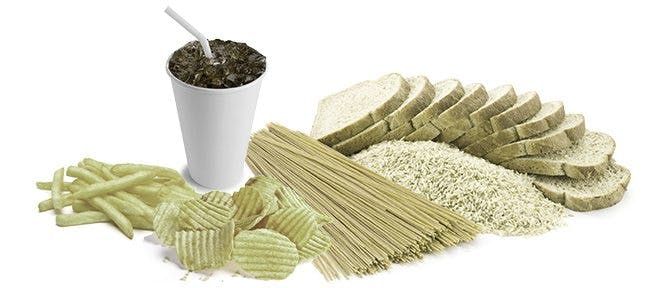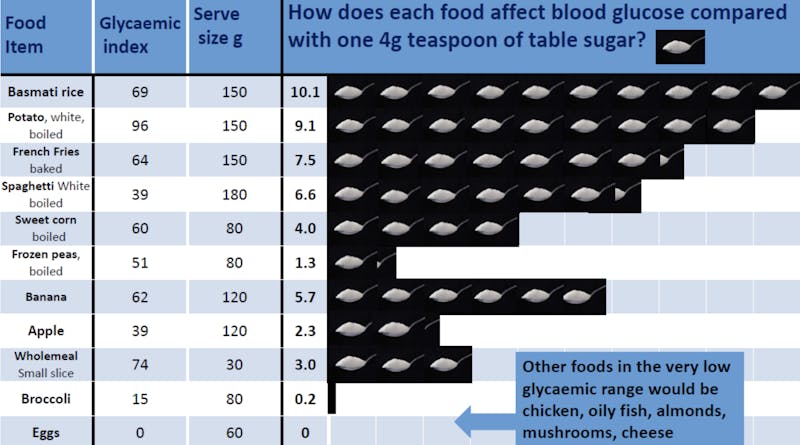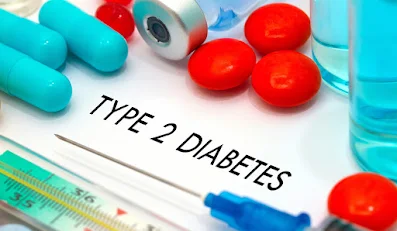Can Type 2 Diabetes Be Reversed Naturally?
Before we move on to discuss our main topic, it will wise to have a fair idea of what diabetes is about.
What is diabetes?
Type 1 diabetes results when, for autoimmune or other unknown reasons, the pancreas becomes damaged and fails to produce insulin.
In type 2 diabetes, the pancreas usually makes insulin but can’t use it effectively. Because of this, the body has an increasingly hard time handling glucose in the blood.
Related: Home Remedies To Use For Diabetes
But it is not all about the glucose. Too much insulin — a hallmark of type 2 diabetes — is a problem too.
Insulin’s main job is keeping blood sugar levels within a very narrow range. It not only clears excess glucose out of the blood but also helps prevent muscle breakdown. Yet insulin also increases fat storage, especially when blood levels are elevated, and prevents the body from using fat for fuel.
Having too much insulin in the blood can decrease the body’s ability to use it. This is called insulin resistance. Weight gain can be one of the first signs that the body is making too much insulin and becoming insulin resistant. Diet and other lifestyle changes can help reverse insulin resistance and its associated weight gain, which may help prevent diabetes.
ALSO READ: Top 9 Healthy Foods for Diabetic Patients
About blood sugar
Our guide on what you need to know about blood sugar can help you learn more about both high and low blood sugar. This guide to diabetes focuses specifically on the high blood sugar levels that occur in diabetes.
How do you know if you have too much sugar in your blood? If you don’t know already, it’s simple to test in a few seconds, either in your doctor’s office or with your own inexpensive blood glucose meter.
If you are testing your blood sugar at home, read and follow the directions that come with your blood sugar meter. For most meters, the general procedure goes like this:
With clean hands, place a test strip in your blood sugar meter.
Prick the side of a finger with the lancet to draw a drop of blood.
Place the tip of the test strip on the drop of blood. (Home Remedies To Use For Diabetes)
After a few seconds, the blood sugar meter will give you a reading.
Normal blood sugar: Less than 100 mg/dL (5.6 mmol/L ) after fasting overnight, and up to 140 mg/dL (7.8 mmol/L ) after a meal
Prediabetes: Between 100-125 mg/dL (5.6-7.0 mmol/L) after fasting overnight
Keep in mind that a single blood sugar reading isn’t enough for a diagnosis of diabetes. Your doctor can perform further testing to confirm whether you have diabetes or prediabetes.
If you are already on a low-carbohydrate diet and you are concerned about the measurements you’re getting, find out how a low-carb diet affects blood sugar measurements.
ALSO READ:6 Proven Health Benefits of Aloe Vera Juice for Diabetics
Food & diabetes
People with diabetes have difficulty keeping blood sugar levels in a normal range. The blood turns “too sweet” as glucose levels rise.Sugar in your blood comes from two places: your liver and the food that you eat. You can’t do much to control the amount of sugar your liver makes, but you can control the foods you eat.
Foods are made up of three broad categories known as macronutrients (major nutrients): carbohydrate, protein, and fat. Many foods are a combination of two or all three macronutrients, but we often group foods according to whether they are mostly carbohydrate, protein, or fat.
Carbohydrate
Foods that turn into glucose when they are digested are called carbohydrates, or carbs. When glucose enters the bloodstream, it’s called blood glucose, or blood sugar.

The more carbohydrate eaten in a meal, the more sugar is absorbed into the bloodstream and the higher blood sugar will be.
Although very few people would agree that sugary foods are good for you, some foods that we think of as “healthy” — such as fruit — actually have a lot of sugar. And many people don’t know that starchy foods — such as bread, rice, pasta, and potatoes — quickly turn to sugar when you digest them.
READ MORE: How to Cook Rice for Diabetic Patient?

Protein
Protein foods are foods like eggs, chicken, steak, and tofu. Although different people have different responses to some protein foods, consuming moderate amounts of protein at a meal generally has little effect on blood sugar.
Fat
Dietary fat has very little effect on blood sugar. However, we seldom eat fat all by itself. Some foods, like cheese, are made up of mostly protein and fat. These foods probably won’t raise your blood sugar very much.
But other foods, like donuts and French fries, are made up mostly of carbohydrate and fat. Because they’re high in carbs, these foods are likely to significantly raise your blood sugar.
RELATED:How To Reverse Type 2 Diabetes







.jpg)




